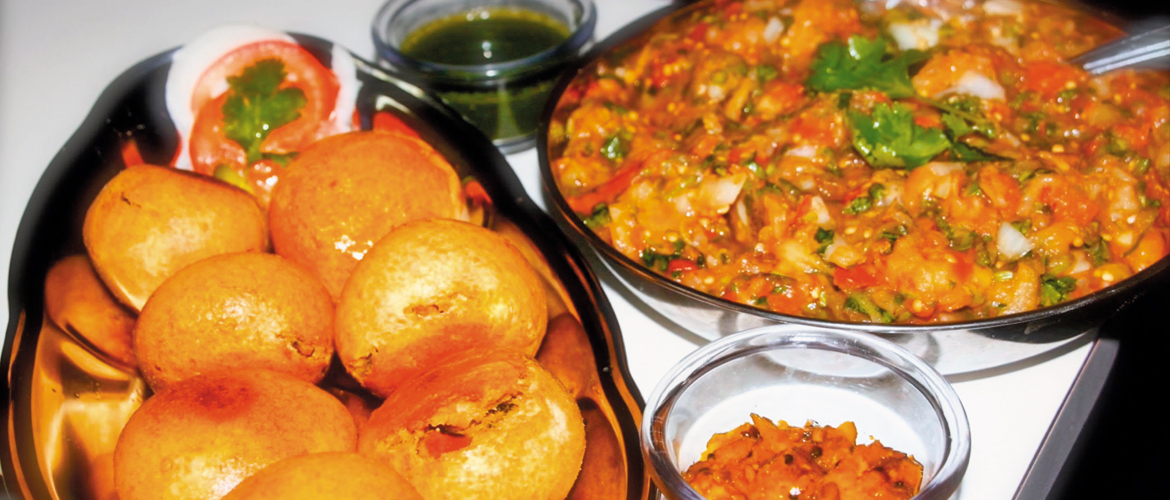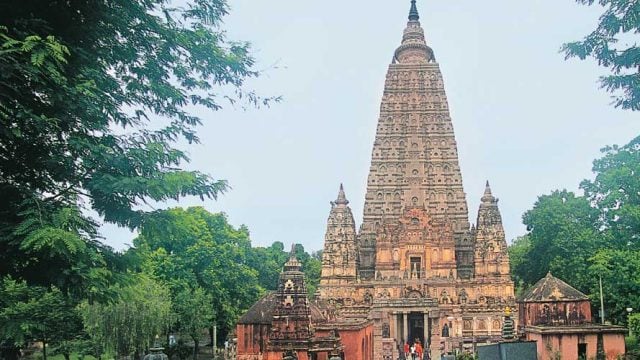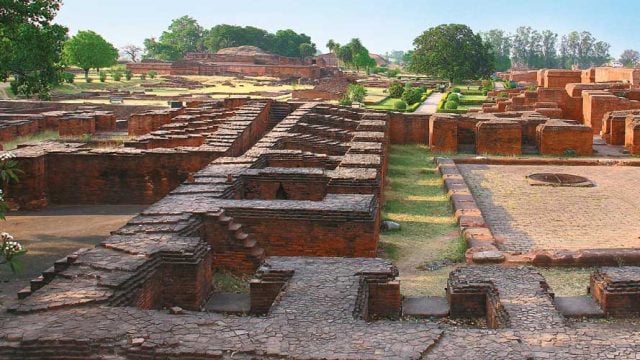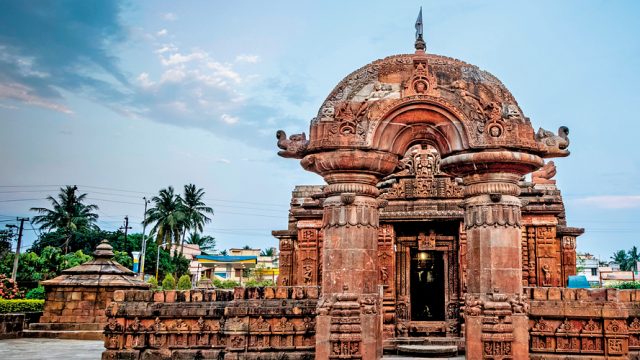While Bihari cuisine is basically a variation of standard north Indian cuisine with a few elements from

SATTU
Sattu is a flour made by dry-roasting and grinding Bengal gram. It is quite a versatile ingredient – not only is it used to make littis, rotis (flatbread), or as a stuffing for rotis, it is also a thirst quencher when added to water and garnished with onions, lemon juice, salt and cumin powder. It can also be had along with milk. During summer, beverages made from sattu are sold at almost every nook and alley in Bihar.
Rich in proteins, fibre and minerals, sattu is becoming increasingly popular with the health-conscious.

LITTI CHOKHA
The most famous dish of the state, litti chokha has also become symbolic of its cuisine. Littis are balls of roasted wheat stuffed with sattu. They are usually eaten with chokha –roasted and mashed eggplant, tomato and potato, flavoured with spices, green chillies and raw mustard oil.
Purists say that the dish tastes best when roasted over cowdung fuel, but outside villages, you are more likely to find ones cooked on coal and gas-fired grills.

MAKHANA
Makhana (fox nut) is an aquatic weed that thrives in shallow, stagnant and dirty water. The wetlands of north Bihar, which are often flooded by Himalayan rivers, have the ideal conditions for the crop to grow. They are cultivated in over 2000 hectares of the region and comprise 75 per cent of India’s total production of the nut. The plant produces starchy white seeds, which can be eaten cooked or raw. Though it is often called ‘lotus seeds’, the term is a misnomer.
When the seeds are dry roasted or fried, they pop like popcorn. Roasted makhana seeds dusted with salt and ghee (clarified butter) packs a delectable crunch and makes for a scrumptious snack. It is a versatile ingredient which is also used in desserts – primarily in kheer (rice pudding) – and to make curries. Makhanas are rich in anti-oxidants and reputedly have medicinal properties.

KHAJA
When you see khajas stacked up in stores, they might not look very appetizing. However, once you sink your teeth into its flaky crunchiness, you will know why the delicacy is so popular in Bihar. They are made from refined flour, salt/sugar and ghee. Khajas come in two variants – sweet and savoury – and can be enjoyed as a standalone treat or dipped in tea. Silao, a town near Rajgir, is famous for its khaja. As you go from Rajgir to Nalanda, it will be hard to miss the sweetmeat shops en route stacked to the ceiling with the snack.

TILKUT
A confectionery made from seasame seeds (til) and jaggery or sugar, tilkut is a popular snack during the winter months and the festival of Makar Sankranti. Gaya is especially famous for its tilkut, which is reputed to be the best in the state. They are either of a flat, rectangular shape, akin to biscuits, or can be made into the shape of a laddoo.
Other popular desserts of Bihar are lai, khurma, anarsa, imarti, pitha, malpua and balushahi. Ask for them at a Bihari dhaba and maybe you’ll get lucky. The chances of trying them out are higher around or during a festival, especially near temples and fields where celebrations are held.
Bihari cuisine
cuisine
food





